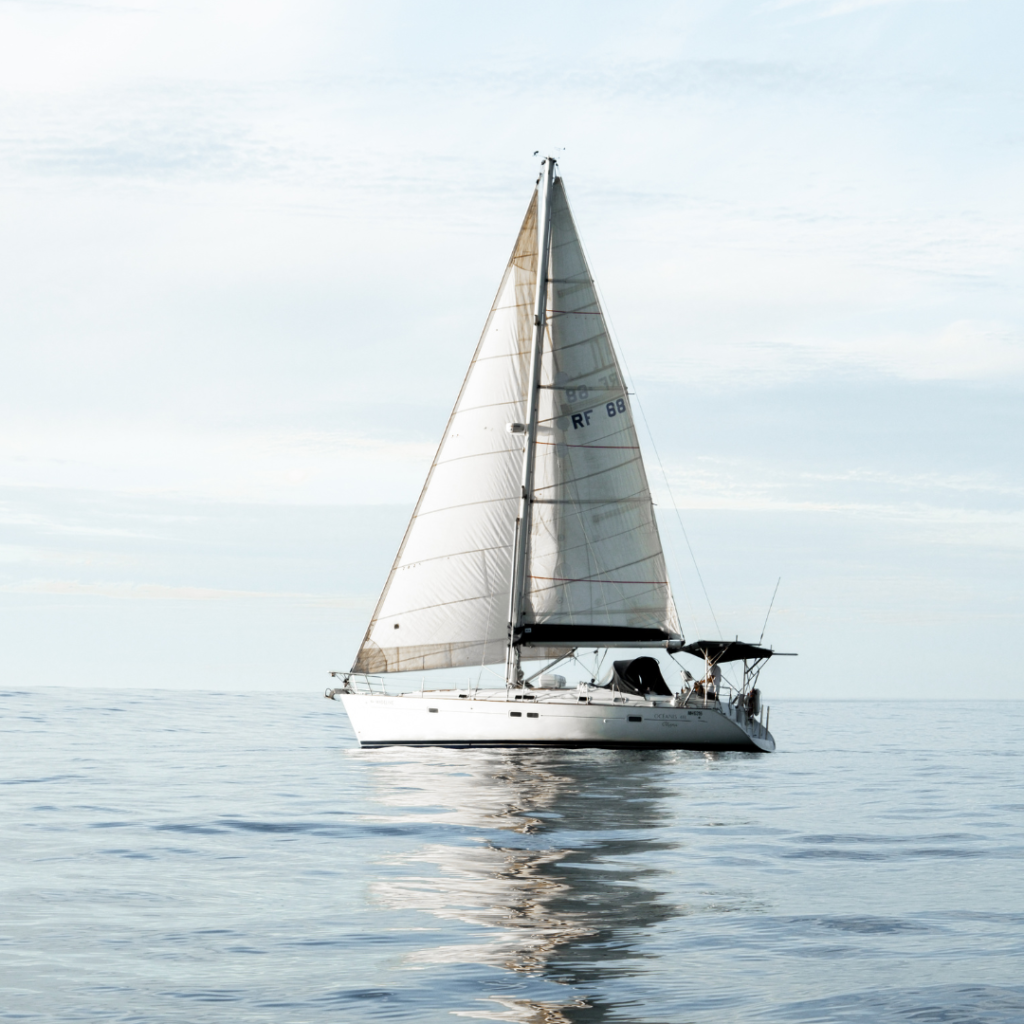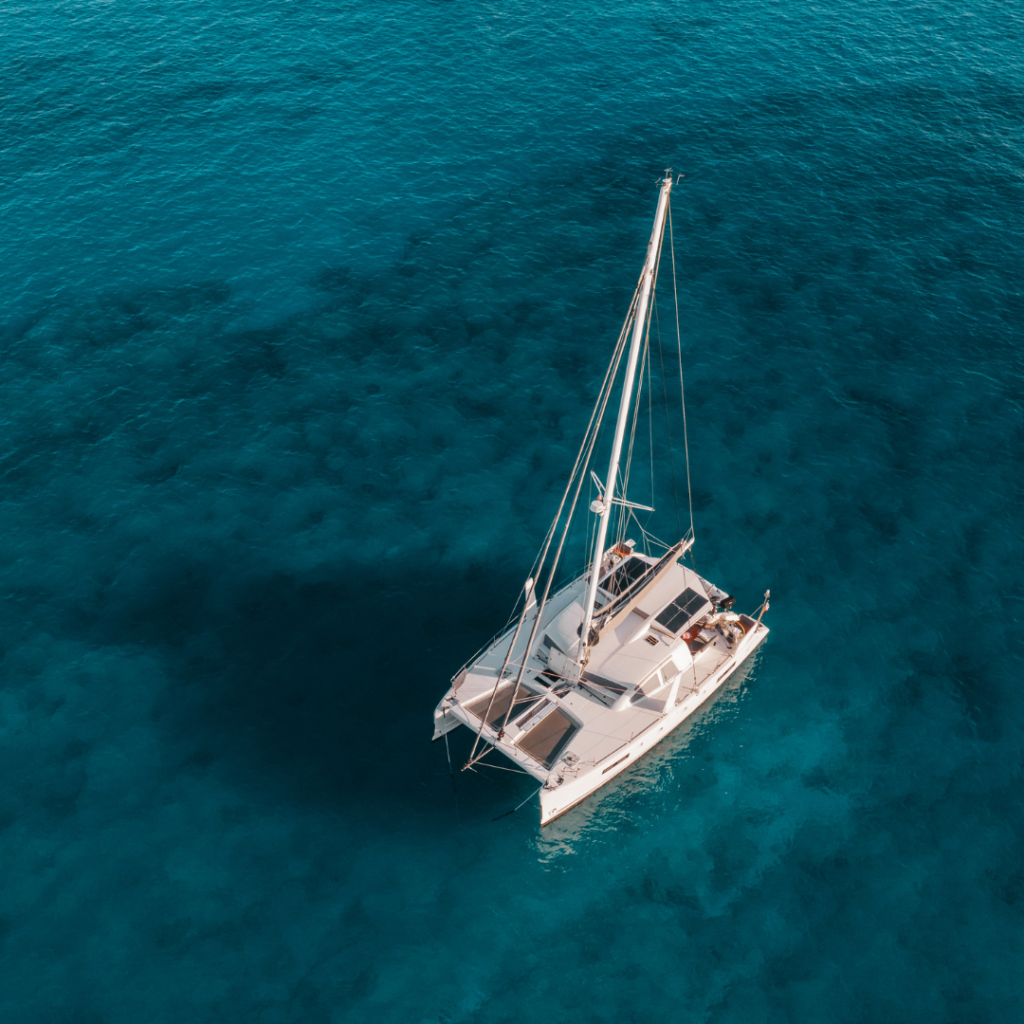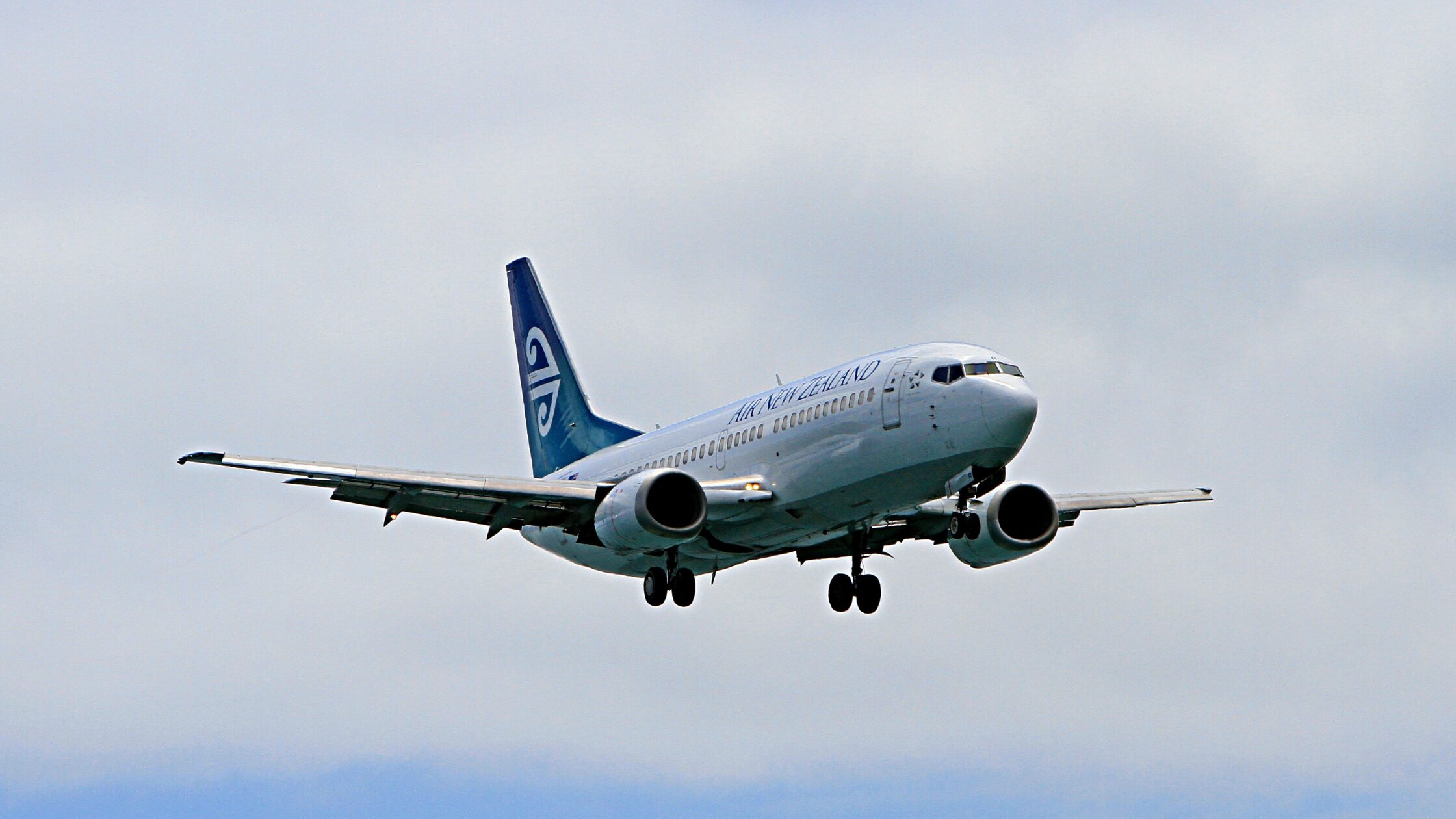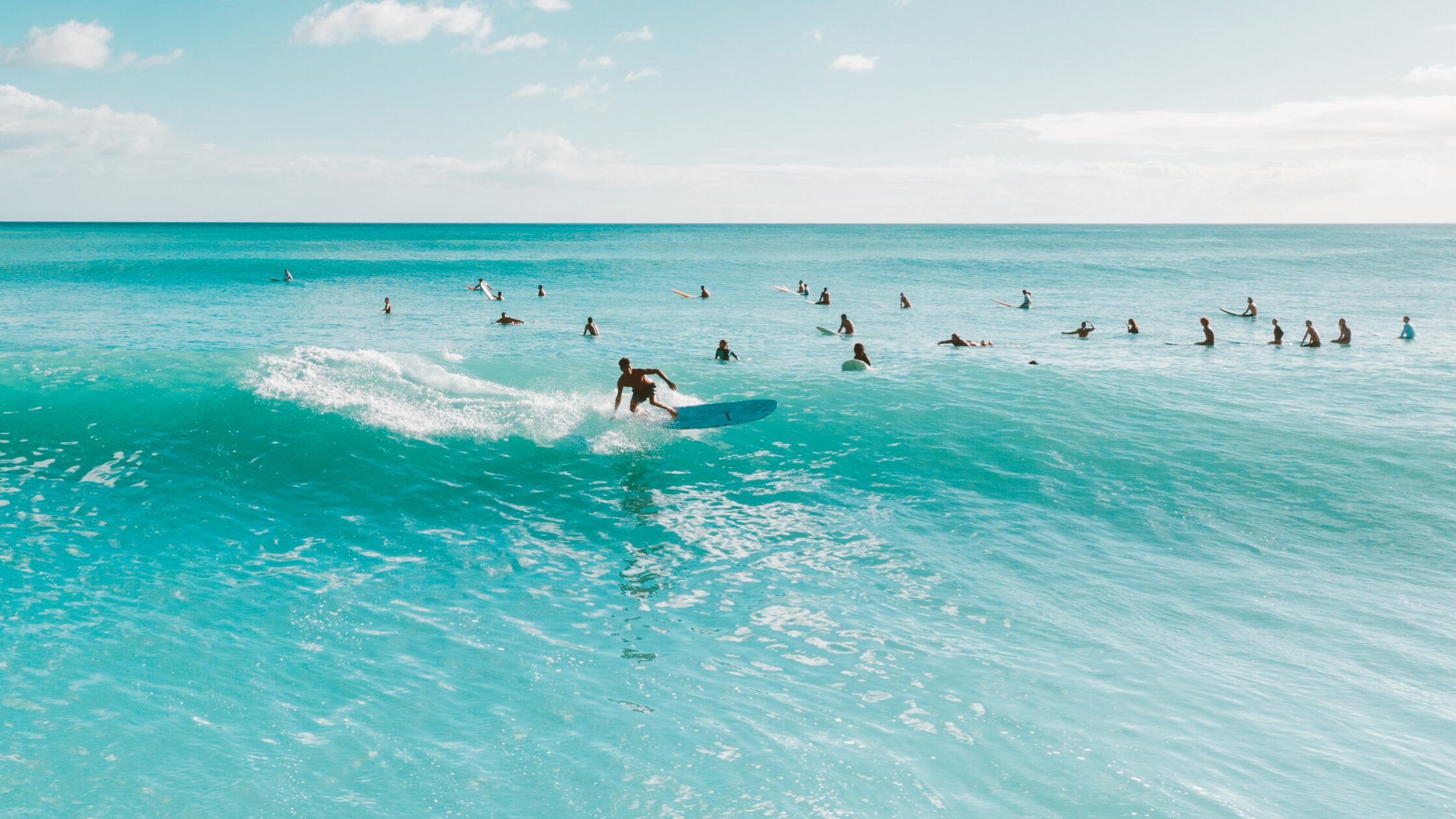Sailing to Fiji from popular international locations on the yachtie network is an exciting adventure that requires careful planning and consideration of sailing conditions. Here’s an overview of the estimated sailing times from various locations:
From New Zealand
- Departure Ports: Auckland, Whangarei, Tauranga
- Sailing Time: Approximately 7-10 days, depending on the departure point and wind conditions. The route may take you through the Bay of Islands before crossing the Tasman Sea.
From Australia
- Departure Ports: Sydney, Brisbane, Cairns
- Sailing Time: Around 5-7 days from Brisbane and Sydney, while Cairns may take a bit longer. Consider the Coral Sea route for a scenic journey.
From French Polynesia
- Departure Ports: Tahiti, Bora Bora
- Sailing Time: Approximately 12-20 days, depending on the departure point. The route typically crosses the South Pacific, and favorable trade winds can make for a pleasant journey.
From Hawaii
- Departure Ports: Honolulu
- Sailing Time: Around 15-25 days, taking the North Pacific route. It’s a longer passage, and sailors should plan for varying weather conditions.
From North America (West Coast)
- Departure Ports: Los Angeles, San Francisco, Seattle
- Sailing Time: Approximately 20-30 days, with the need to navigate the Pacific High. The route may include a stop in Hawaii for rest and reprovisioning.
From Asia
- Departure Ports: Singapore, Hong Kong
- Sailing Time: About 20-30 days, depending on the departure point. The route typically involves crossing the equator and navigating the trade winds.
From South America
- Departure Ports: Panama City, Ecuador
- Sailing Time: Approximately 30-40 days or more, depending on the departure point. The route may take you through the South Pacific, passing through the Galapagos Islands.

Sailing Distances to Fiji
Here’s a table detailing the approximate distances in nautical miles between Port Denarau in Fiji and major yachtie hubs around the world, listed in ascending order by distance in nautical miles:
| From | Distance to Port Denarau (NM) |
|---|---|
| Sydney, Australia | ~1,850 NM |
| Auckland, New Zealand | ~1,100 NM |
| Brisbane, Australia | ~1,600 NM |
| Honolulu, Hawaii, USA | ~2,100 NM |
| Tahiti, French Polynesia | ~2,300 NM |
| Singapore | ~3,300 NM |
| Los Angeles, USA | ~5,200 NM |
| Cape Town, South Africa | ~8,500 NM |
| London, UK | ~10,500 NM |
Fiji Ports of Entry
Here’s an overview of the seven notable ports of entry in Fiji that sailors should consider, along with their approximate coordinates:
| Port Name | Location | Coordinates |
|---|---|---|
| Port Denarau | Denarau Island, Viti Levu | 17.7689° S, 177.3806° E |
| Suva Harbor | Suva, Viti Levu | 18.1416° S, 178.4419° E |
| Lautoka Harbor | Lautoka, Viti Levu | 17.6097° S, 177.4575° E |
| Savusavu | Savusavu, Vanua Levu | 16.7769° S, 179.3167° E |
| Levuka Harbor | Levuka, Ovalau Island | 17.6833° S, 178.8333° E |
| Vuda Point Marina | Vuda, Viti Levu | 17.6013° S, 177.4515° E |
| Malau (Kadavu) | Malau, Kadavu | 19.1333° S, 178.1597° E |
Fiji’s Sailing Season
The sailing season in Fiji generally aligns with the Southern Hemisphere’s winter, which runs from May to October. During this period, Fiji experiences pleasant and stable weather conditions, making it the preferred time for sailors to visit. Here are some characteristics of the sailing season and what sailors should consider prior to arriving at port from the open ocean:
Sailing Season Characteristics
- Weather Conditions: The winter months bring cooler temperatures, lower humidity, and generally dry weather. Winds are more predictable, with southeast trade winds prevailing.
- Clear Skies: The dry season ensures clearer skies, making navigation and celestial observations more reliable for sailors.
- Moderate Seas: The seas are generally calmer, with reduced chances of tropical cyclones compared to the wet season.
- Ideal Temperatures: Pleasant temperatures make for comfortable sailing and enjoyable exploration of Fiji’s islands.
- Optimal Visibility: Clear water conditions enhance underwater visibility, ideal for snorkeling, diving, and navigating coral-rich areas.

Prior to Arriving at Port
- Check Weather Forecasts: Stay updated on weather forecasts and potential changes in conditions. Fiji Meteorological Service provides reliable information for sailors.
- Navigation Tools: Ensure all navigation tools, including charts, GPS systems, and communication equipment, are in good working order.
- Clearance Procedures: You have to contact Fiji Customs at least 48 hours prior to your estimated time of arrival and submit an Advanced Notification Form. If you’re a national of one of the 110 visa-exempt countries you should be able to secure a 4 month visitor permit. Contact the port authority in advance to obtain necessary information and guidance.
- Safety Precautions: Review safety protocols and conduct necessary safety checks on board. Ensure all safety equipment, including life jackets and emergency flares, is readily accessible.
- Cruising Permits: Verify the requirements for cruising permits and ensure all paperwork is in order before arrival.
- Communicate Intentions: Radio ahead to the port authority or marina to announce your arrival and receive guidance on docking or anchoring procedures.
- Respect Local Customs: Familiarize yourself with local customs and traditions, and adhere to any specific regulations or guidelines provided by Fijian authorities.
By being well-prepared and adhering to safety and regulatory measures, sailors can make the most of their arrival in Fiji during the optimal sailing season.





